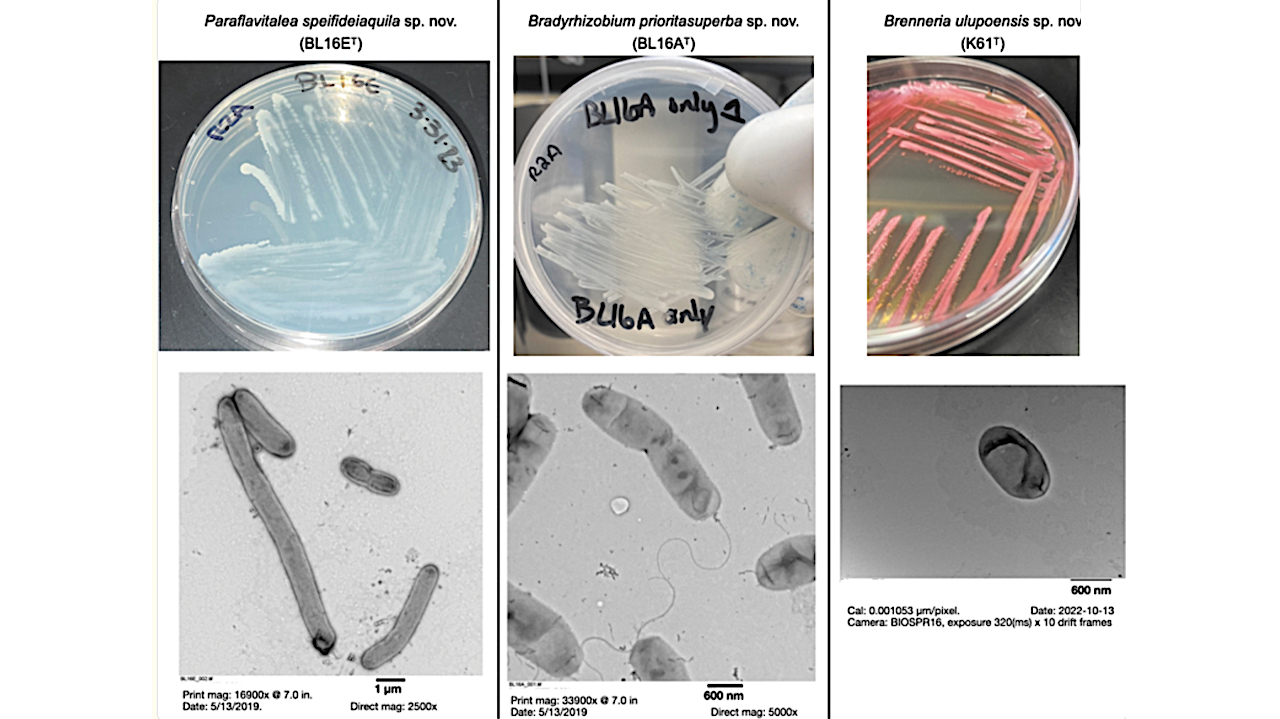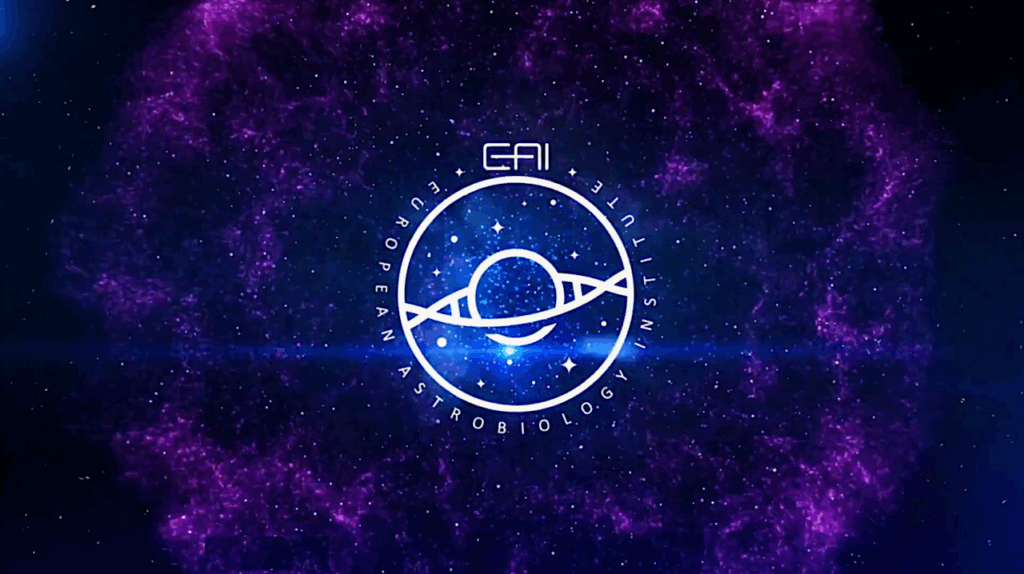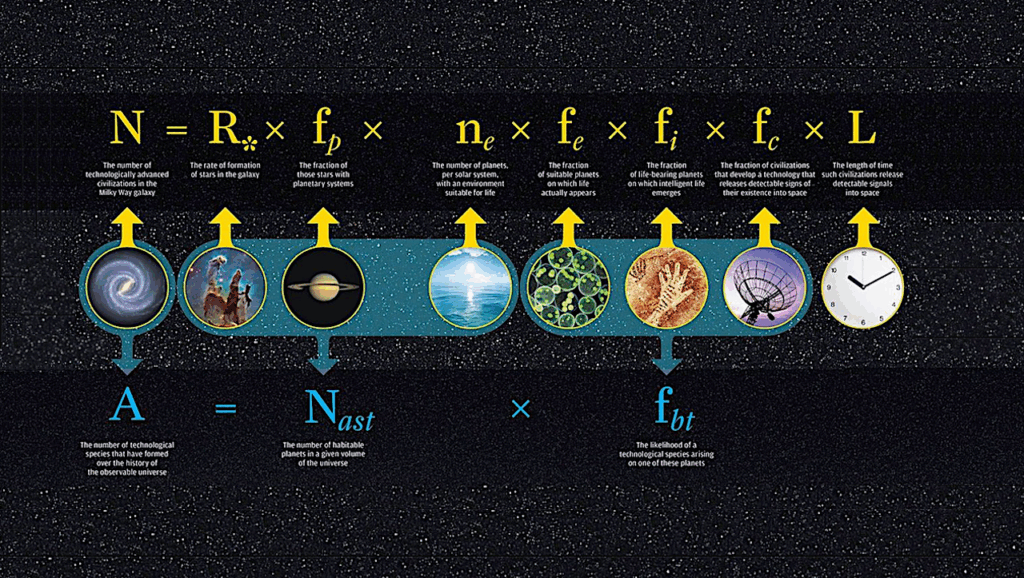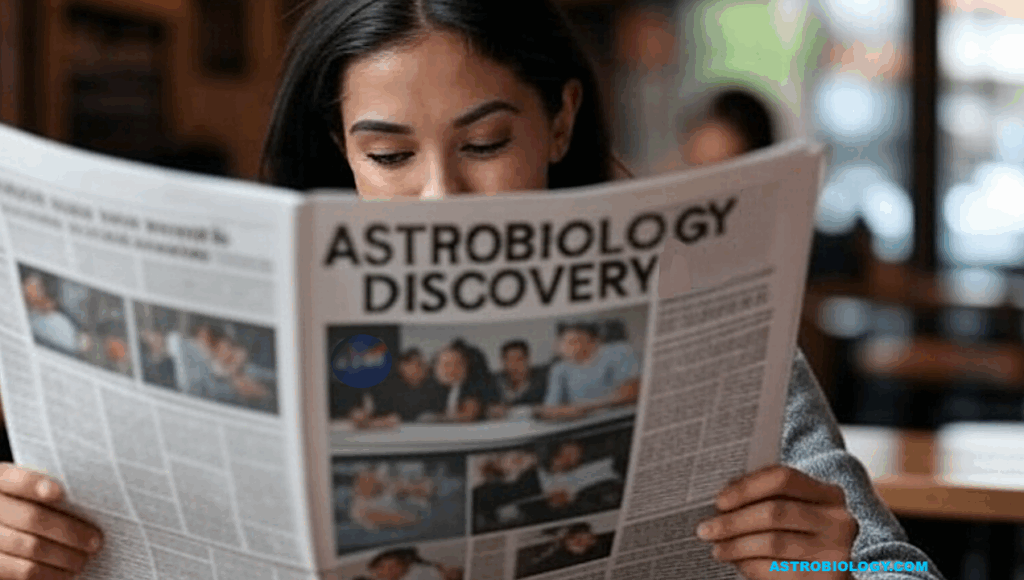Bridging Place-Based Astrobiology Education with Genomics

Democratizing genomic data science, including bioinformatics, can diversify the STEM workforce and may, in turn, bring new perspectives into the space sciences. In this respect, the development of education and research programs that bridge genome science with “place” and world-views specific to a given region are valuable for Indigenous students and educators.
Through a multi-institutional collaboration, we developed an ongoing education program and model that includes Illumina and Oxford Nanopore sequencing, free bioinformatic platforms, and teacher training workshops to address our research and education goals through a place-based science education lens. High school students and researchers cultivated, sequenced, assembled, and annotated the genomes of 13 bacteria from Mars analog sites with cultural relevance, 10 of which were novel species.
Students, teachers, and community members assisted with the discovery of new, potentially chemolithotrophic bacteria relevant to astrobiology. This joint education-research program also led to the discovery of species from Mars analog sites capable of producing N-acyl homoserine lactones, which are quorum-sensing molecules used in bacterial communication. Whole genome sequencing was completed in high school classrooms, and connected students to funded space research, increased research output, and provided culturally relevant, place-based science education, with participants naming three novel species described here.
Students at St. Andrew’s School (Honolulu, Hawai‘i) proposed the name Bradyrhizobium prioritasuperba for the type strain, BL16AT, of the new species (DSM 112479T = NCTC 14602T). The nonprofit organization Kauluakalana proposed the name Brenneria ulupoensis for the type strain, K61T, of the new species (DSM 116657T = LMG = 33184T), and Hawai‘i Baptist Academy students proposed the name Paraflavitalea speifideiaquila for the type strain, BL16ET, of the new species (DSM 112478T = NCTC 14603T).
Bridging Place-Based Astrobiology Education with Genomics, Including Descriptions of Three Novel Bacterial Species Isolated from Mars Analog Sites of Cultural Relevance, Astrobiology via PubMed (open access)
Astrobiology,







